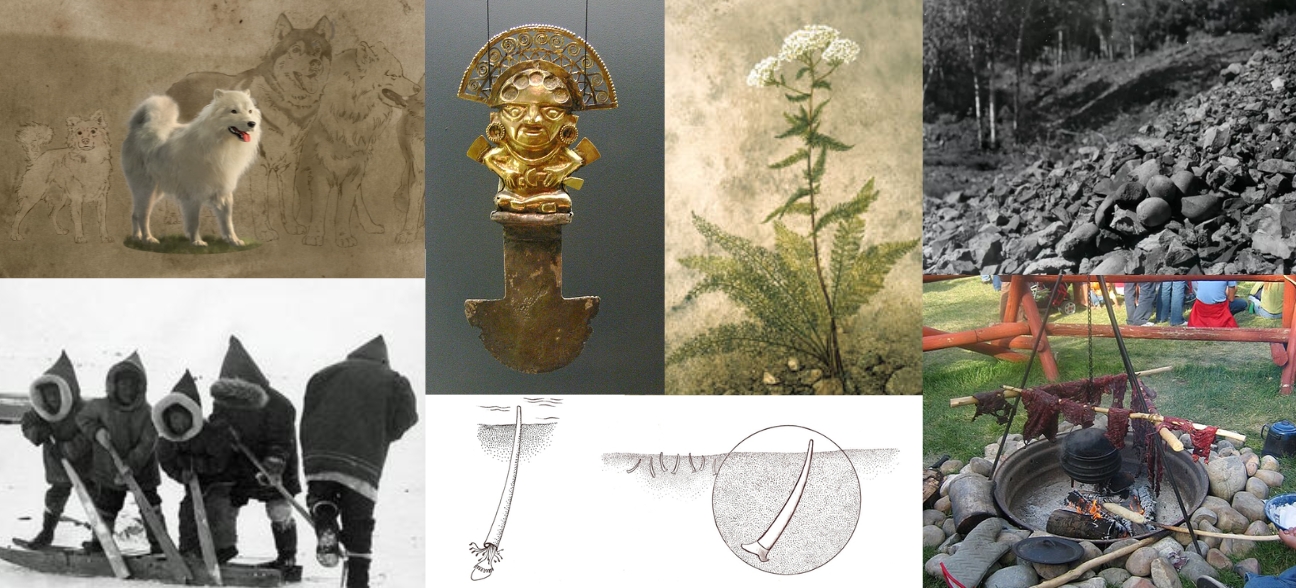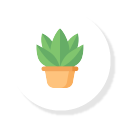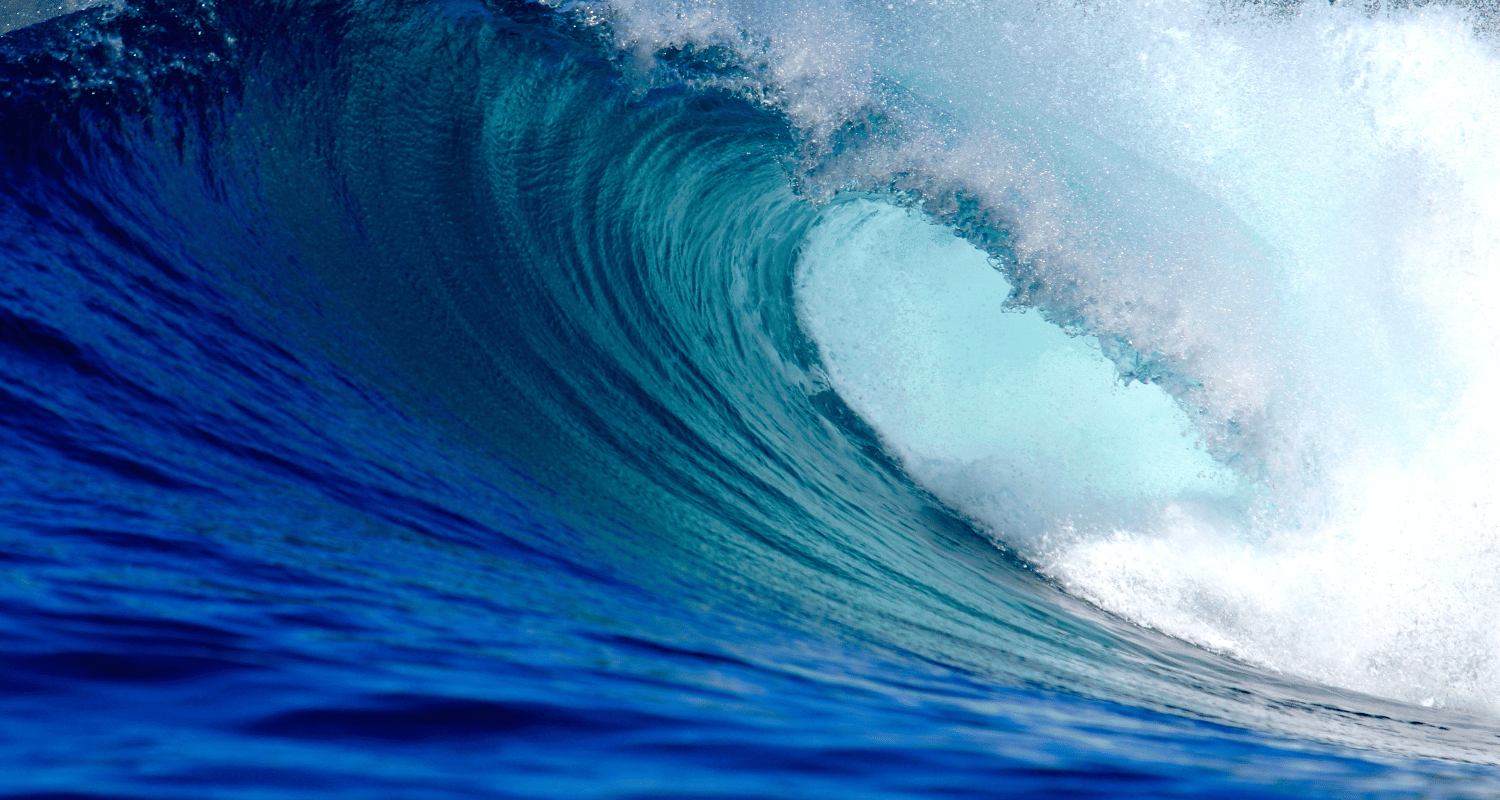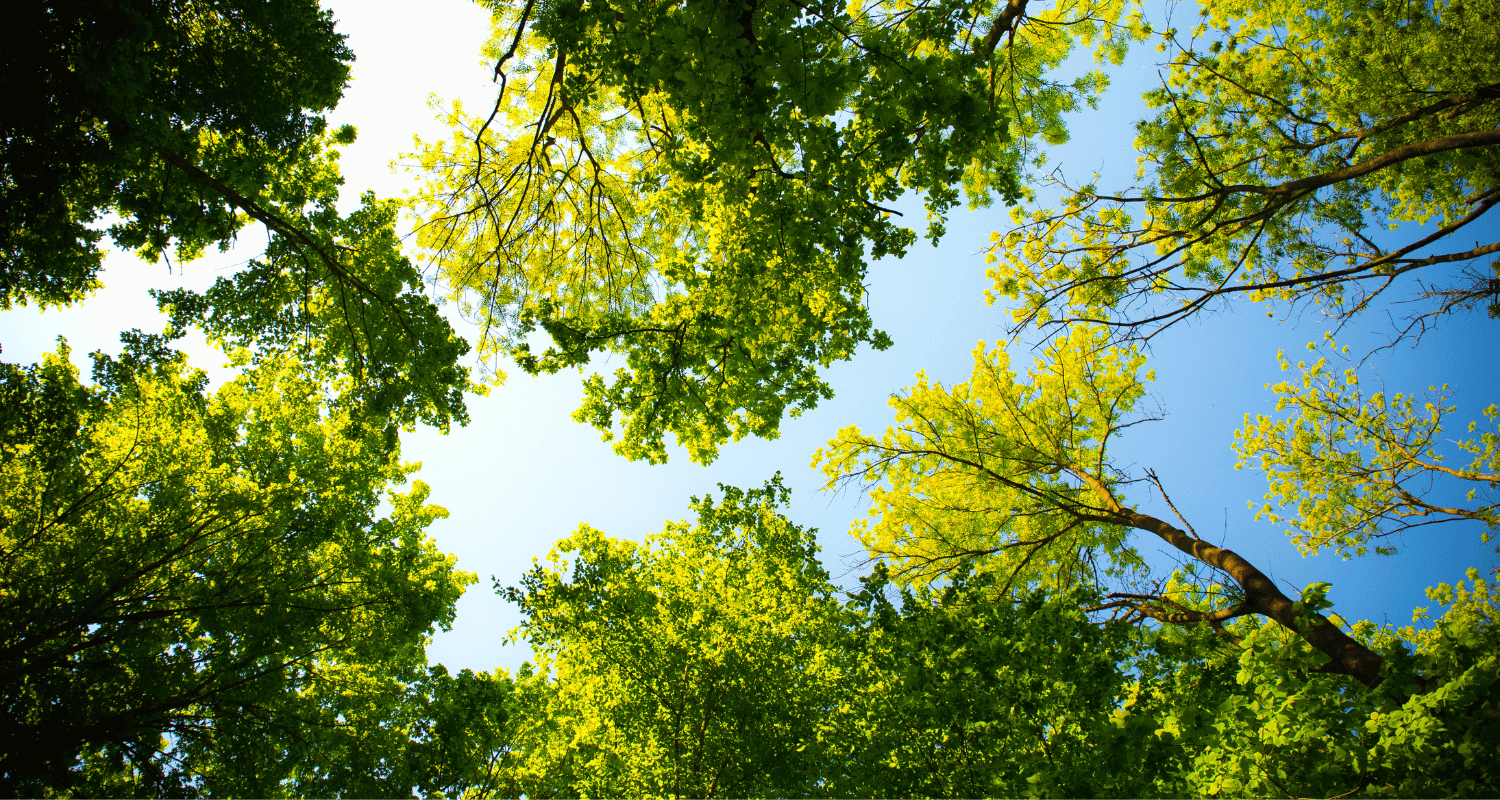Science is a process of discovery, a way to translate observations and theories into principles utilizing math. Engineering is applied science, so we can design processes, machines, and equipment to solve problems. Often people associate modern-day science and math with European ways, especially in Canada, as Canada started as a colony of Britain. What is often forgotten as First Nations and Inuit have been on Turtle Island since time immemorial and also had ways to describe Natural Law and to create and design items that would benefit Indigenous Peoples, nature, and their communities.
Here are the top 10 things from prior to colonization that you may not know!
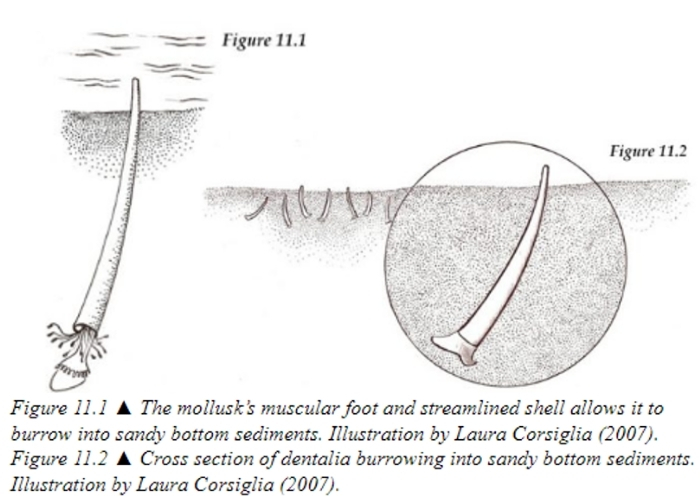
1. Indigenous People had currency.
Trade and currency are a big part of civilizations and communities. It is a way of exchange. Indigenous Peoples utilized white cone-shaped shells that came from sea animals called mollusks. These were distinct, portable, and not easily counterfeited1.
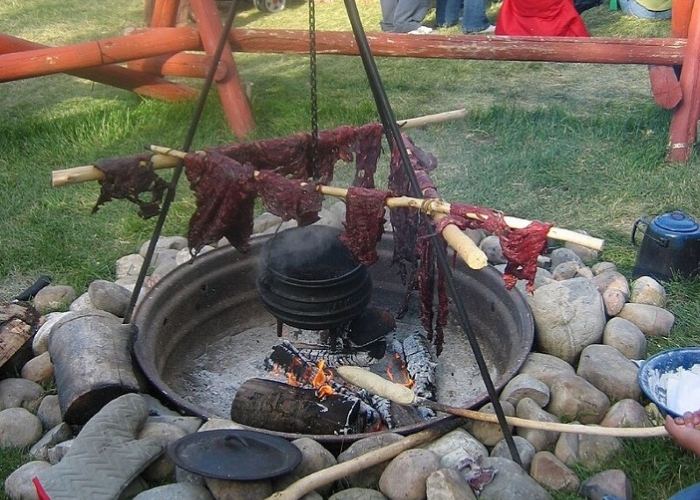
2. Indigenous Peoples believed in healthy eating.
Long before refrigerators and freezers, Indigenous Peoples needed to find a way to make and store nutritional food. Pemmican was a mixture of tallow, dried meat, and sometimes dried berries. It was a calorie rich food that worked well for travel and between catching fresh game.

3. Indigenous Peoples in South America had ways of metalworking.
Indigenous Peoples are found around the world. In the South American Indigenous communities, metalworking was well established prior to colonization. Metalworking or metallurgy is a way of extracting, purifying, and alloying natural occurring metals and minerals into new materials.
Often metalworking was done to create tools, ceremonial items, and precious artifacts.
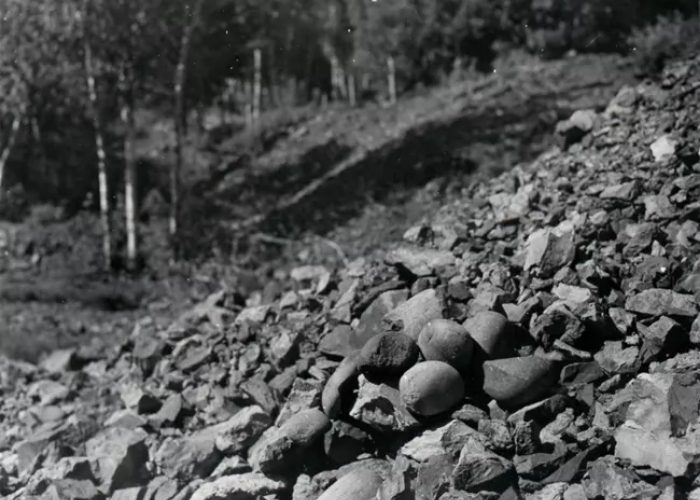
4. Indigenous Peoples had ways of mining minerals.
Around 2,500 BCE, First Nations found a unique copper deposit by Lake Superior. They developed tools in order to mine this unique copper ore and large ancient mines sites are now known. They mined for over 1,500 years in this area. The Lake Superior copper was found all over the world – in the southern Lake States and New England2.

5. Inuit had many transportation methods – including the toboggan!
Common to Canadian winters are sleds and toboggans. Did you know these originated from the Inuit? Inuit needed ways of hauling items across the ice and snow and often over long distances.
Toboggans were constructed of two or more thin boards of larch or birch wood, secured by cross boards with the front turned up. These were created by Inuit who knew how to work with wood to form the shape needed best to navigate snow drifts3.

6. Another transportation method developed by the Inuit was the kayak.
Kayaking is also something common in sporting events (such as the Olympics now!) but was a device invented by the Inuit. Not only did they need transportation for over land, Inuit had a strong relationship with the ocean and bodies of water and needed ways to fish, move, and navigate. And so they designed the kayak over 4,000 years ago4.

7. Indigenous Peoples breed animals.
With so many breeds of dogs, often mixed with poodles (who does not like the poodle-doodle?), it is important to know this practice was also known to Indigenous Peoples.
Often animals were bred with a purpose – to be strong work animals or even to produce fur for clothing. The Coast Salish Nations bred a dog whose fur could be used to create yarn – the Salish wooly dog.
This beloved species though was pushed to extinction as colonization progressed5.

8. Indigenous knowledge of medicinal plants.
As easy as it is to walk to the pharmacy to get medicine for headaches and other pain, it is important to think of the origin. Most pharmaceuticals take root from medicinal plants. Indigenous Peoples lived in observation of Natural Law and through centuries of knowledge, learned the properties of many plants, how to mix them, what helped for what situation, where they grew, and when and how to respectfully harvest the plants to not take more than is needed.
As we learn that man-made chemicals and mixtures are not good for our body, health care is trending towards natural sources, such as medicinal plants and Indigenous Peoples knowledge is highly valued once again6.

9. Indigenous Peoples had ways of food production.
As with any community that has many mouths to feed, agriculture and food harvesting at larger scales were necessary. There were many farming methods, and along the coast, there were many fish harvesting methods. Fish traps were made of materials ranging from woven baskets to wooden stakes to stone walls and used for over 3,600 years, possibly even as far back as 13,700 years ago8!

10. Indigenous Peoples recognized time and the patterns of the planets.
Indigenous Peoples subscribed to Natural Law – they watched the Moons and planets move, how the Sun traveled across the sky. Oral stories developed from their version of European astronomy that taught lessons, helped to navigate, and to predict seasons, weather, and more.
Each year we have 13 Moons, occurring every 28 days. Each Moon had a place and a story and a lesson10.
About the Author
Jessica Vandenberghe is from the Dene Thá First Nation and a sixties scoop survivor. She holds two engineering degrees from the University of Alberta. She has worked in the oil sands, regulatory, infrastructure, consulting industries and academia. She is the Assistant Dean, Community and Culture with the Faculty of Engineering and Computer Science at the University of Victoria. She is a mother and at the intersection of two equity-deserving groups, which drives her passion for equity, diversity, and inclusion along with Truth and Reconciliation. She believes that we can walk together respectfully to heal, rebuild trust, and be changemakers.
1. Corsiglia, L. and Snively, G. (2016) ‘Chapter 11 – Money from the Sea: A Cross-cultural Indigenous Science Problem-solving Activity’, Knowing Home Braiding Indigenous Science with Western Science Book 1. British Columbia/Yukon Pressbooks.
2. National Visual Inventory and Rakestraw, L. (1965) Hammerstones atop the poor rock pile near McCargoe Cove, Archaeological History of Isle Royale and Ancient Copper Mining. National Park Service.
3. Gimpel, C., Gadacz, R. and Library and Archives Canada (2012) Inuit children on the sledge, Toboggan. The Canadian Encyclopedia.
4. Escales Ponant Magazine (2025) ‘Polar sea kayaking: 4,000 years of Greenlandic culture’.
5. Carr, K. and Cecco, L. (2024) ‘A reconstruction of the Coast Salish dog with sketches of Arctic dogs and spitz breeds in the background for comparison.’, An Indigenous woolly dog went extinct in Canada. Could it be revived? The Guardian.
6. Tremblay, C. and Turner, N.J. (2006) ‘Yarrow’, Indigenous Peoples’ Medicine in Canada. The Canadian Encyclopedia.
7. McGee, D., Minck, M. and Payton, B. (2021) ‘The people changed the shape of the fish traps to adapt to changing ocean conditions.’, The Ingenious Ancient Technology Concealed in the Shallows. Hakai Magazine.
8. Greening, S. (2020) Indigenous harvesting rights and practices, Anchored Outdoors.
9. Thirteen moons – fond du lac tribal & community college (2024) Fond du Lac Tribal and Community College.
10. Ojibwe.net (2022) Giizisoo-Mazina’igan – The Thirteen Moons and Turtle’s Back, Moons and Days. Available at: https://ojibwe.net/wp-content/uploads/2022/04/Thirteen-Moons.pdf (Accessed: 2025).

